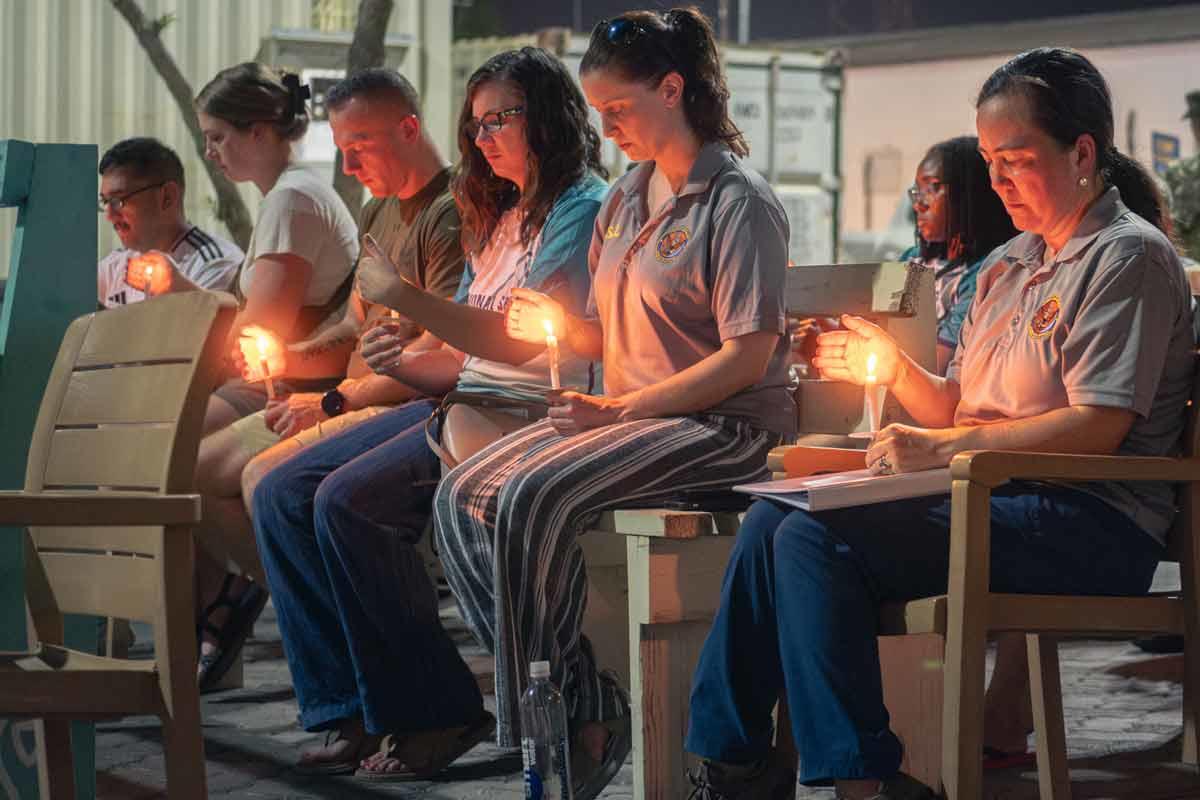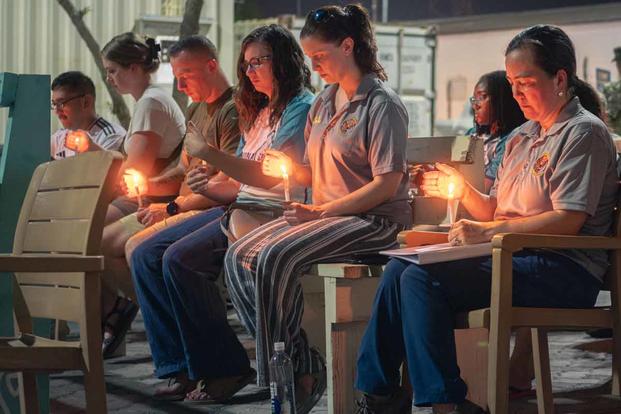

The Navy reported a record number of suicides in the first quarter of 2024, again drawing attention to the myriad issues revealed about the quality of life for sailors and the service’s ability to prevent such deaths.
According to recently released Pentagon data on suicide across all the services, the Navy reported 24 suicides among its sailors for the first three months of 2024. That is the highest-ever quarterly figure for the service going back to 2018, when data first started being released.
The news comes just months after the service’s own surveys showed that more than one-third of sailors said they felt “severe or extreme” levels of stress in 2023 — up from around one-fourth of the fleet in 2019.
Read Next: Commander of New Hampshire Air National Guard Killed in Hit-and-Run Incident Near His Home
The Pentagon’s suicide data shows that the Navy managed to make progress on tamping down suicide in 2020 and 2021 — the years when COVID-19 restrictions were at their most stringent.
In 2020, the Navy reported 65 deaths by suicide — down from 73 in 2019. In 2021, the total dropped even further to 59.
However, since then, the annual figures have climbed back up. In 2022, the annual total shot up to 71 deaths by suicide, and last year the Navy reported 69 deaths.
In March, the Pentagon’s independent watchdog started investigating whether the service “effectively took actions to prevent and respond to incidents of deaths by suicide, suicide attempts, and suicidal ideation among members of the Navy assigned to sea duty or shore duty.”
The Navy’s own audits found the service’s implementation of suicide prevention efforts to be lacking.
Although Navy leaders have been talking more frequently and openly about the need to improve sailors’ quality of life in the past year, those conversations have also come in the wake of several high-profile suicide clusters and revelations of the conditions under which sailors serve.
Just one ship — the aircraft carrier USS George Washington — experienced “a 9/11-like event” of at least nine suicides between 2019 and 2022.
The carrier had been in a shipyard environment for years, and conditions for sailors there deteriorated to the point that the ship’s most junior sailors preferred sleeping in their cars rather than aboard the vessel.
Adm. Daryl Caudle, the man who oversees much of the Navy’s East Coast fleet, said at the release of a Navy investigation into shipyard conditions in mid-2023 that “it was pointedly obvious that the Navy had failed the George Washington through a host of things that we put that ship into.”
It was not the only carrier undergoing maintenance to deal with a spate of suicides, though. Across the country in Washington state, the USS Theodore Roosevelt also had three suicides during its 18 months in maintenance.
The Navy has started to try to improve conditions for sailors at the Newport News shipyard that hosted the George Washington, but that is far from the only area where junior sailors struggle.
The Navy’s 2023 survey data shows that junior enlisted sailors — sailors between the ranks of E-1 and E-6 — are also the most stressed segment of the service. The survey found 40% of that group reported “severe” or “extreme” stress levels, up from just 29% in 2019.
In contrast, only 30% of junior officers and 27% of senior officers felt the same way last year.
Those same junior sailors are “most likely to have high levels of burnout,” the report on the survey said, while noting that 27% sailors reported high levels of burnout.
The Navy’s top officials — Adm. Lisa Franchetti, the chief of naval operations, and the service’s top enlisted sailor, Master Chief Petty Officer of the Navy James Honea — have both talked about the need to improve the conditions of service for sailors this year.
However, neither of the two leaders offered much in the way of specifics, and the problems they are trying to address go back years.
— Veterans and service members experiencing a mental health emergency can call the Veteran Crisis Line, 988 and press 1. Help also is available by text, 838255, and via chat at VeteransCrisisLine.net.
Related: Navy Survey Shows Continued Problems with Stress, Burnout Among Sailors, But Progress on Culture
